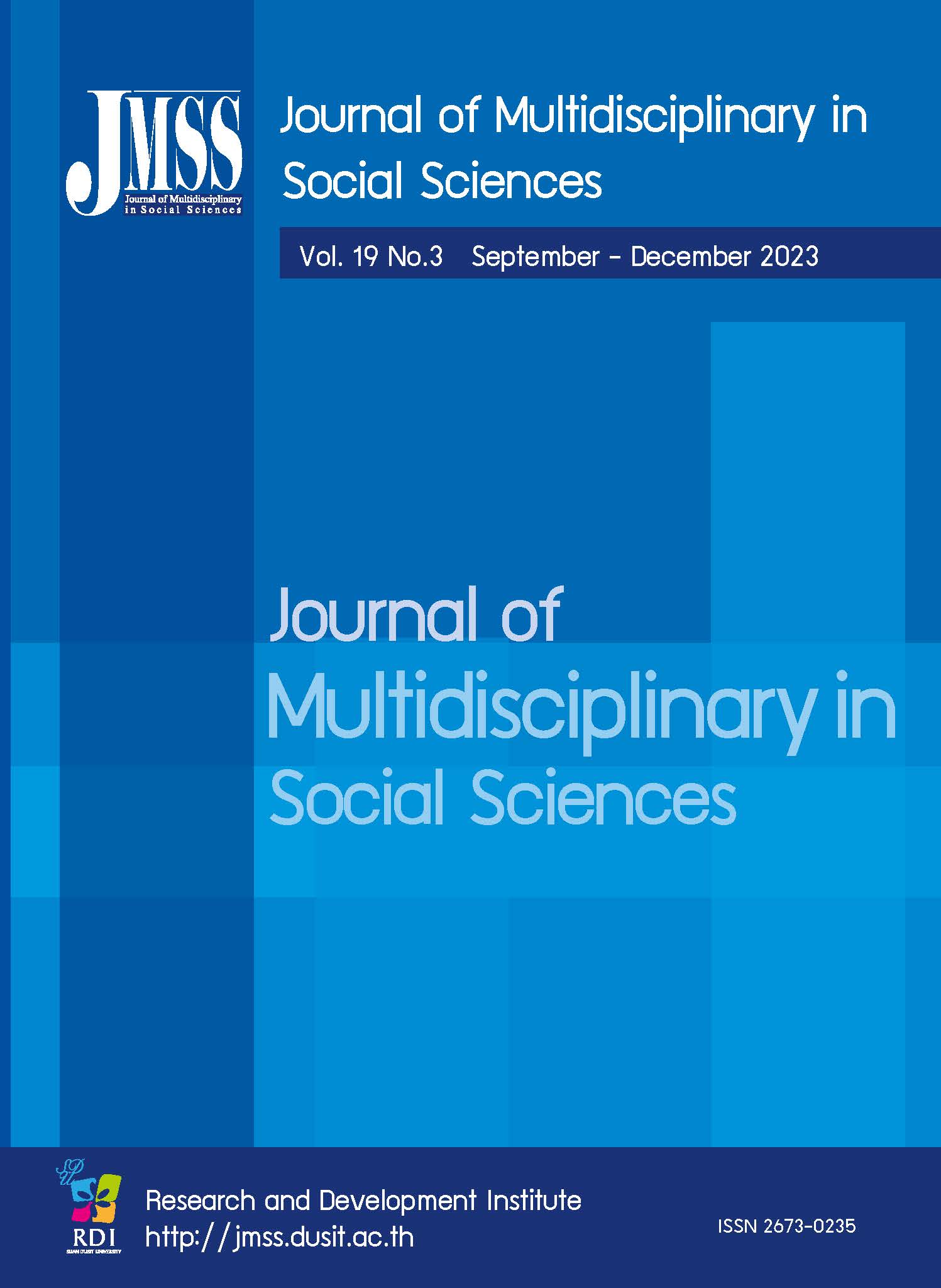Constructive Community Engagement: The Experiences of the Elementary Laboratory (ELS) Teacher-Extensionists
Keywords:
Constructive, Community, Engagement, Experiences, ExtensionistsAbstract
The study explored the experiences of the elementary laboratory school teacher/extensionists of the Bukidnon State University (BukSU) College of Education (CoE) between 2016 to 2019. The research investigates various aspects of their involvement, including learning outcomes, delivery, and instructional materials, resource persons/trainers, and venues and facilities, within the context of
constructive community engagement. Additionally, the study explores the alignment of these projects with the BukSU Framework, as well as national and international goals. A qualitative method of research was employed, utilizing validated research-made interview guide questions in gathering the data from nine (9) teacher/extensionists who actively participated in the projects. The data analysis
follows Creswell's 2013 research method, comprehensively examining the collected data. The analysis reveals ten prominent themes that emerged among elementary laboratory school teacher/extensionists. These themes encompass a range of experiences specific to the extensionists such as; Unyielding Resolve: Conquering Challenges, Embracing Growth, Conquest through Adversity: Embracing
Challenges, Thriving, and Succeeding, Savoring Success: Seasoned Support, Tasty Triumphs, Inspiring Success through Skillful Support, Journey of Joy: Embracing Adventure, Empowering Minds, Victorious Quest: Mastering Document Challenges for Honorarium Claim Success, Rising above Limits: Empowering Few, Leaving a Lasting Legacy, Empowerment in Action: Extended Training
for Community Transformation, Cultural Heritage Revived: Nurturing the Legacy of Binukid Language in the Community, Unite, Empower, Inspire: Igniting Compassionate Engagement for Joyful Community Transformation. The findings of this study have practical applications for benchmarking and can serve as a basis for revisiting the policies and guidelines of university projects,
thereby improving project implementation. Moreover, the results hold significance in enhancing the effectiveness and impact of future projects undertaken by Bukidnon
References
Ahmed SM, Palermo AG. (2010). Community engagement in research: frameworks for education and peer review American Journal of Public Health .1380-1387 Airhihenbuwa, CO (2007). On being comfortable with being uncomfortable: centering an Africanist vision in our gateway to global health Health Education and Behavior 2007 [24].
Bhagat, M. Saikia, A. Saikia., L.B. Pathak, Lahari Sengupta, N. Gupta, and N. Bhattacharyya (2013). Using wireless sensor network for monitoring growing environment of tea in NE India. J. Env. Res. Develop. 8(2):1-10.
Blumenthal, DS (2006). A community coalition board creates a set of values for community-based research Preventing Chronic Disease 2006;3(1):A16 [20].
Blumenthal DS, DiClemente RJ (editors) (2004). Communitybased health research: issues and methods. New York: Springer .
Braithwaite RL, Bianchi C, Taylor SE (1994). Ethnographic approach to community organization and health empowermentHealth Education Quarterly 1994 [22].
Brian Martin, The bias of science (Canberra: Society for Social Responsibility in Science, 1979).
Dewey, J. (1938). Experience and Education. Later Works, 1935-53, Vol. 13 (pp. 1-63) Carbondale: Southern Illinois University Press.
Doll LS, Bonzo SE, Mercy JA, Sleet DA, Haas EN Handbook of injury and violence prevention (2nd ed) Atlanta (GA): Springer; 2008.
Hanson P Citizen involvement in community health promotion: a role application of CDC’s PATCH model International Quarterly of Community Health Education 1988;9(3):177-186.
Husserl, E. (1982). Ideas pertaining to a pure phenomenology and to a phenomenological philosophy. Iton T Transforming public health practice to achieve health equity Paper presented at the Health Trust Health Equities Summit, February 4, 2009, San Jose, CA Retrieved from http://wwwhealthtrustorg/Health%20 Equity%20 Summit%20-%20Dr%20Anthony%20 Itonpdf.
Merriam, S. B. (1998). Qualitative research and case study applications in education. San Francisco, CA: Jossey-Bass.
Minkler M, Wallerstein N (2008). The growing support for CBPR. In: Minkler M, Wallerstein N (editors). Community-based participatory research for health: from process to outcomes (2nd ed, p 544) San Francisco: Jossey-Bass.
Mounders, J. (1982). The extension of the university: A history of an American idea. Princeton University Press.
Shore N. Re-conceptualizing the Belmont Report: a community-based participatory research perspective. J Comm Prac. 2006;14(4):5–26.
Tesser, A., Martin, L., & Mendolia, M. (1995). The impact of thought on attitude extremity and attitude-behavior consistency. In R. E. Petty & J. A. Krosnick (Eds.), Attitude strength: Antecedents and consequences.Ohio State University series on attitudes and persuasion (4thed., pp. 73-92). Hillsdale, NJ: Lawrence Erlbaum Associates.
Vygotsky, L. S. (1978). Mind in society: The development of higher psychological processes. Cambridge, MA: Harvard University Press.

Downloads
Published
How to Cite
Issue
Section
License

This work is licensed under a Creative Commons Attribution-NonCommercial-NoDerivatives 4.0 International License.







